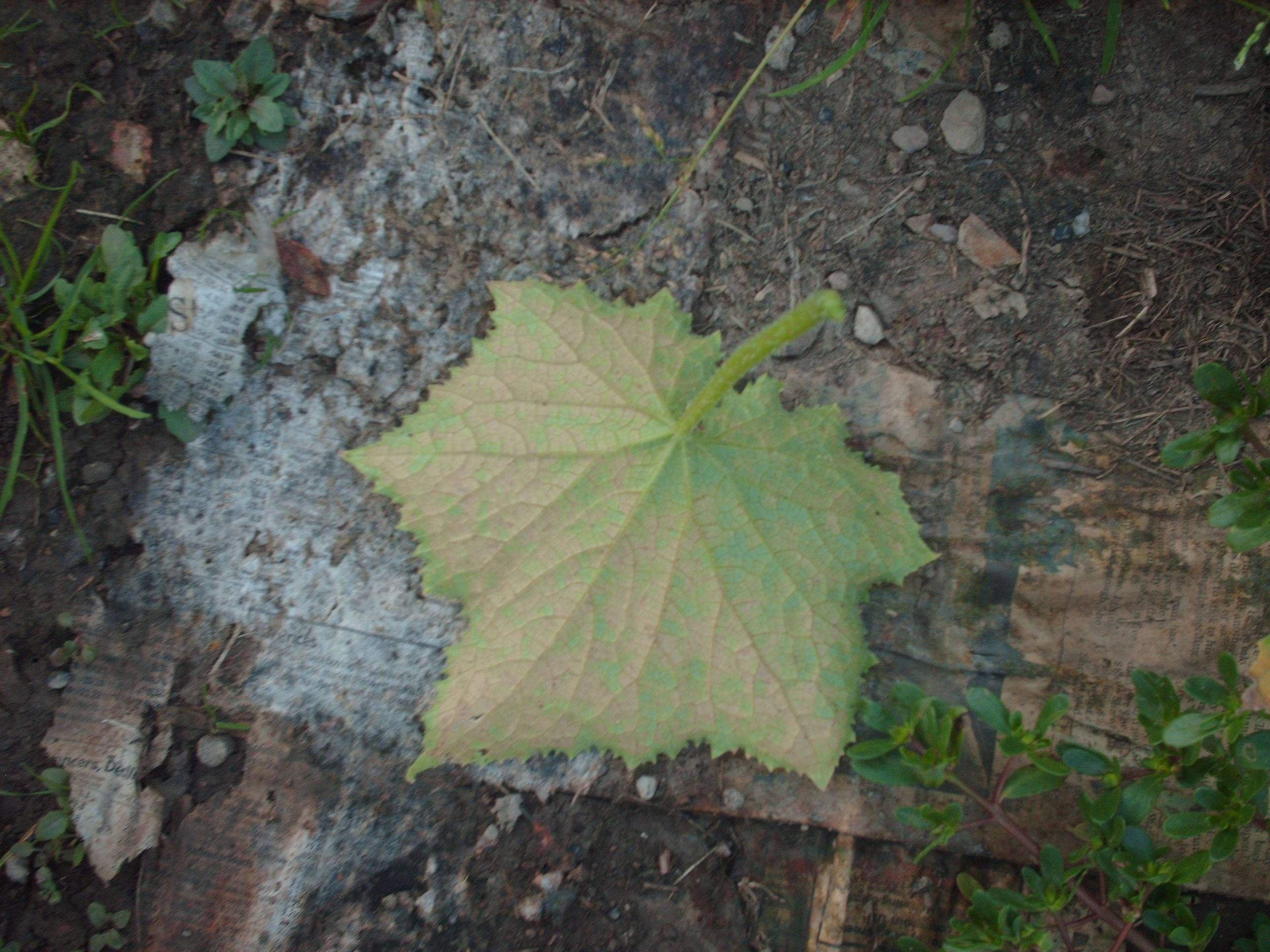Every year it seems my cukes will go gang busters then suddenly the leaves turn yellow (starting with yellow spots), then turn brown, wilt and slowly die off. This all happens from the root crown and works its way out. I have pictures of early producing growth from about 2 weeks ago (mid-August 2014) and how they look now....Sept. 2 2014. The pictures may be most helpful. I see no insect activity, but I do have voles/moles in the area, but not every year. I live in Southwest PA, near Johnstown. Anything else I can answer please ask...Thanks Bill!
Update...planted in early June...the 2nd picture (should have been first) is the same plant about 3 weeks ago. I have added some pictures....yellow spots were scattered over the leaves but did not turn into holes and I see nothing that I think would be powdery mildew. This area is fairly wet, not the best drainage but it doesn't seem overly wet.
As an aside, what is that weed in the last few pictures? (My Mom called it the portulaca weed, don't know why), but I can't eradicate from my garden, seems to be self-rooting!
click any photo for full size










